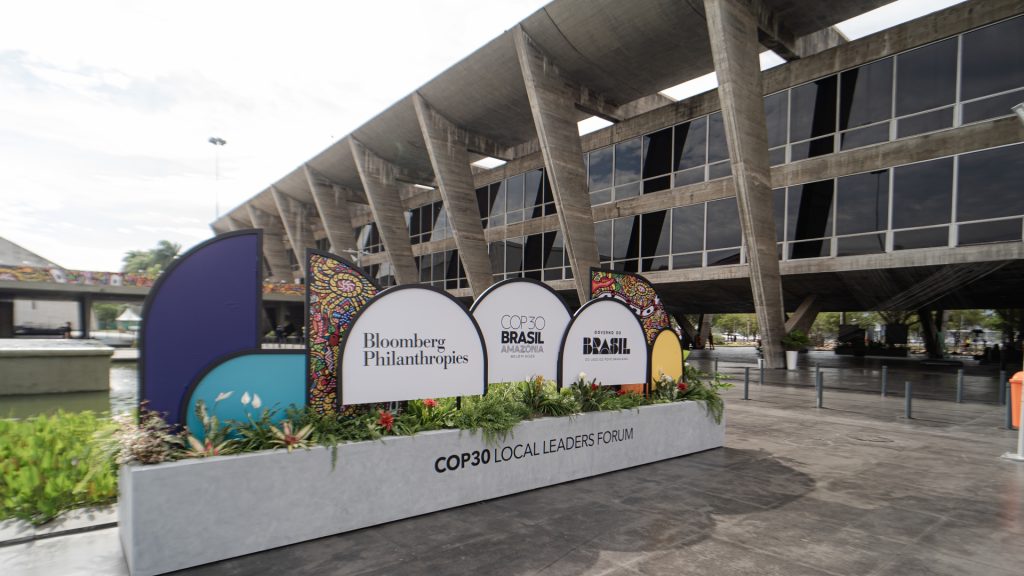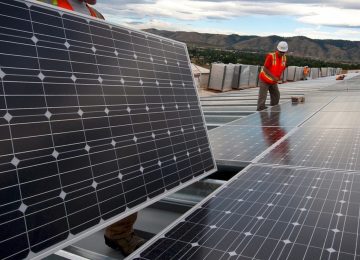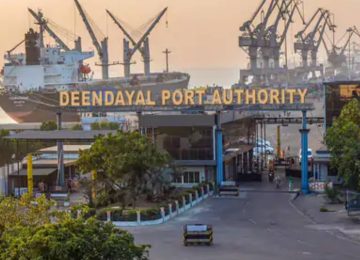As the first week of the 30th Conference of the Parties (COP30) in Belém, Brazil, concluded, the discussions appear to be following the familiar trajectory of previous editions. Although it has positioned itself as a pivotal “Implementation COP,” set against the backdrop of a critical planetary crisis, it has persistent gaps in finance, political ambition, and enforceable mechanisms.
While governments praise the US $5.5 billion Tropical Forest Forever Facility, they also highlight the Belém Declaration on Hunger and Human-Centered Climate Action and the 4X Sustainable Fuels Pledge. However, ongoing negotiations reveal deeper challenges. There is an urgent need to address missing commitments, slow implementation, and data transparency failures. These issues persist even as greenhouse gas levels hit record highs and extreme climate events intensify.
A systemic change can only bring noticeable impacts.
Critical Facts
- Despite incremental NDC improvements, atmospheric concentrations of CO2, methane, and nitrous oxide soared to record levels in 2024. And are expected to rise further, with Climate Action Tracker forecasting a 2.6°C global temperature increase, well above Paris Agreement goals.
- Only a few countries have adopted comprehensive targets aligned with the 2030 Global Mitigation Pathway (GMP) goal. Most NDCs remain vague, lacking specific policies or timelines, especially for critical issues like methane emissions where, despite progress, targets fall short.
- Major countries like India and Saudi Arabia are yet to announce updated 2035 emissions targets. India’s delay is rooted in demands for clear financial and technological support and a pivot toward implementation rather than empty promises. This undermines the spirit of collective action and transparency essential for climate negotiations.
- Adaptation finance, technology transfer, and capacity-building commitments remain largely unmet. Developing nations continue to stress the historical and ongoing responsibility of developed countries. They call for stronger support and faster action to achieve net-zero transitions.
- As of week one, 44 agenda items have been agreed upon, but 17 have been deferred to next year, and another 60 languish in negotiation, pointing to a persistent fragmentation of discussions despite COP30’s avowed focus on implementation.
Signals of a Shifting Market
COP30 has successfully advanced several key agendas, providing clearer directional signals for capital allocation and corporate strategy.
The UNFCCC released the Baku to Belém Roadmap, targeting US $1.3 trillion in climate finance, emphasizing funding for vulnerable populations, such as Small Island Developing States and Least Developed Countries.
An initial focus of US $300 million is dedicated to accelerating solutions for extreme heat, air pollution, and climate-sensitive infectious diseases, integrating climate and health data for stronger, resilient health systems.
The Nationally Determined Contributions (NDCs) update revealed that 86 new national plans submitted ahead of COP30 could enable a 12% emissions cut over the next decade. This is bending the emissions curve downwards for the first time since the Paris Agreement.
The Belém Capital Mobilization Pact: A coalition of developed nations and multilateral development banks has announced a framework to leverage $2 trillion annually in public and private climate finance by 2035. The core innovation is the use of public capital to de-risk investments in emerging economies, specifically for grid modernization, sustainable agriculture, and critical mineral supply chains.
Formalization of the “Global Carbon Market” (Article 6.4): After years of negotiation, the supervisory body for the international carbon crediting mechanism has been ratified. The framework establishes stricter methodologies for Additionality and Permanence, aiming to restore credibility to a damaged Voluntary Carbon Market.
Accelerated Renewable Energy & Grid Pledge: The US $5.5 billion TFFF, Belém Declaration, and pledges to scale sustainable fuel and adaptation finance represent tangible, cross-sectoral commitments made in week one of COP30.
Over 120 countries have signed the “Belém Declaration,” committing to triple global renewable energy capacity to at least 11,000 GW and double the annual rate of energy efficiency improvements to 4% by 2030.
Despite these advancements, COP30’s outcomes are undermined by several critical omissions that represent significant systemic risks.
The Structural Deficits Undermining Progress
The most glaring omission is the failure to secure a binding, time-bound agreement on a fossil fuel phase-out. While the UAE Consensus from COP28 called for “transitioning away from fossil fuels,” COP30 has not translated this into a mandated global reduction schedule. This creates regulatory uncertainty and allows for continued investment in new extraction projects, locking in emissions that violate the 1.5°C carbon budget as defined by the IPCC (Intergovernmental Panel on Climate Change).
The commitment from developed nations to mobilize US $100 billion annually for climate adaptation in developing countries remains unmet. At COP30, the quantified needs were starkly presented by the UNEP Adaptation Gap Report, which estimates these nations require US $140-300 billion annually by 2030. The failure is a direct threat to global supply chain resilience, stability in manufacturing and long-term economic growth.
While the Taskforce on Nature-related Financial Disclosures (TNFD) has gained significant corporate traction, COP30 stopped short of mandating its framework. This leaves a critical blind spot in corporate risk assessment. Over half of the world’s total GDP (US $44 trillion) is moderately or highly dependent on nature and its services (World Economic Forum). The voluntary approach fails to price in biodiversity loss as a material financial risk, delaying capital flight from nature-negative industries.
Navigating the New Terrain
For corporate leaders and investors, the outcomes of COP30 create a clear, bifurcated landscape. The Belém Pact opens significant opportunities in emerging market green infrastructure. Financial institutions with expertise in blended finance and project management will be key intermediaries.
The renewables and grid pledges solidify the long-term growth trajectory for the entire clean energy value chain, from manufacturing to installation and digital grid management.
Companies with high-integrity carbon projects or those requiring high-quality offsets for hard-to-abate sectors now have a more predictable, albeit rigorous, framework.
Risks
- The lack of a global fossil fuel phase-out treaty does not eliminate transition risk; it defers it.
- The adaptation finance gap directly threatens the operational stability of multinational corporations with exposure to climate-vulnerable regions, leading to potential disruptions.
- As the physical impacts of climate change intensify, scrutiny on corporate climate action will sharpen. A reliance on voluntary measures and weak carbon offsets exposes firms to accusations of greenwashing and potential litigation.
COP30 has provided the market with clearer signals, but it has not delivered the comprehensive, binding regulatory framework required to decisively win the race to net-zero. The onus now falls squarely on the private sector to fill the ambition gap left by governments. Corporate strategy must move beyond mere compliance and voluntary ESG reporting.
In the absence of a global “command and control” system, the market itself must become the engine of enforcement. COP30 has given business the tools; leadership now requires the courage to use them.












